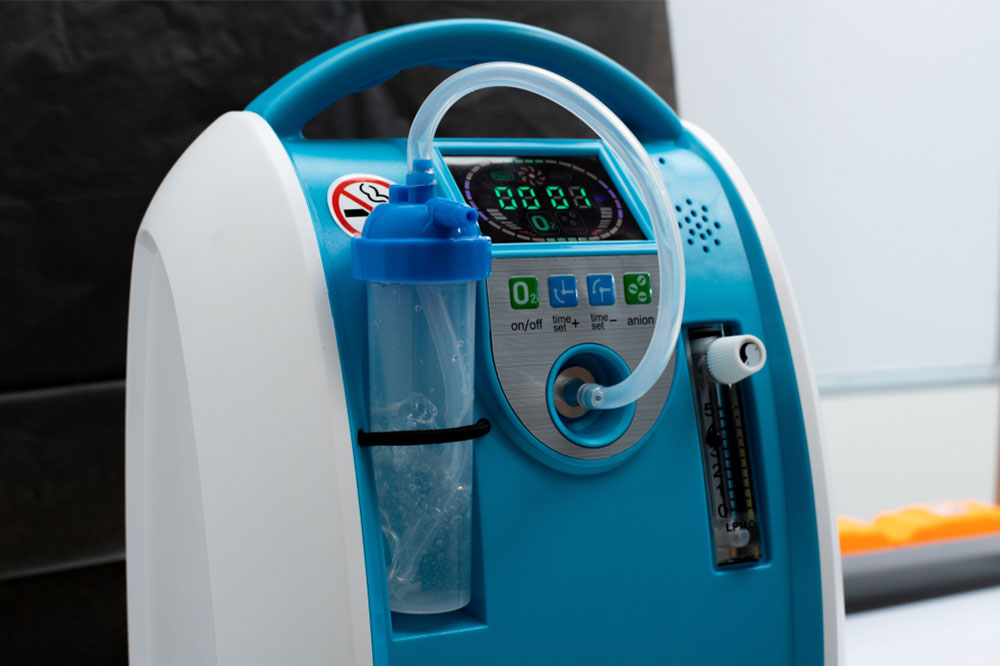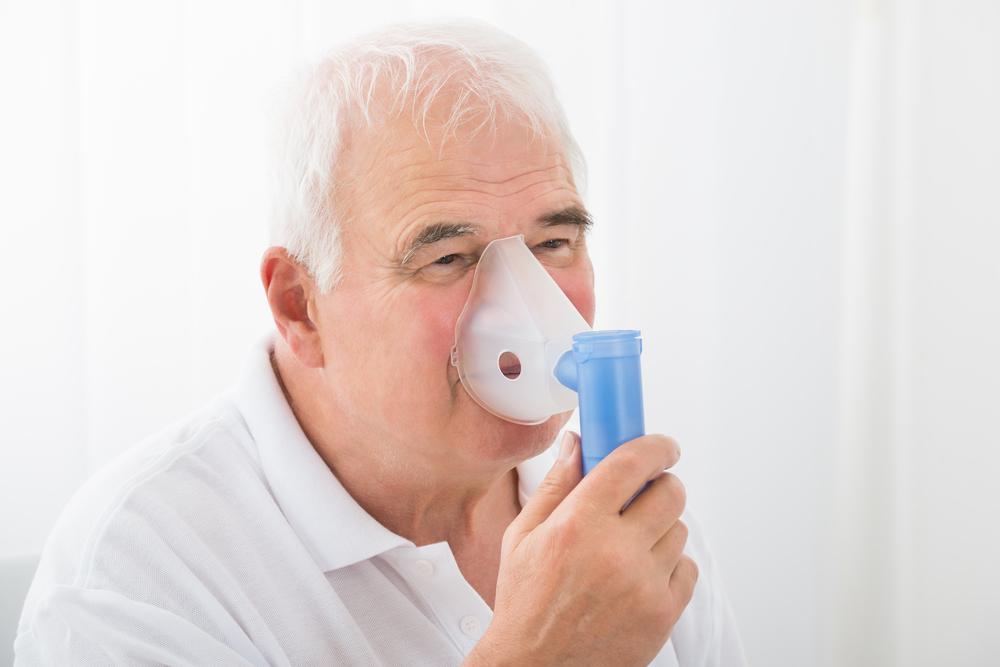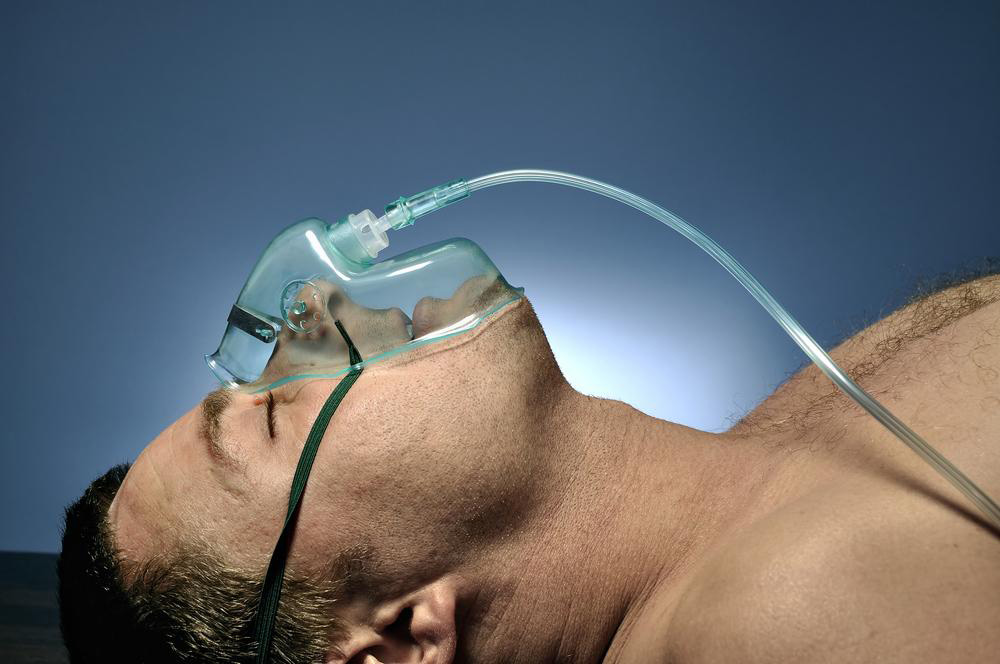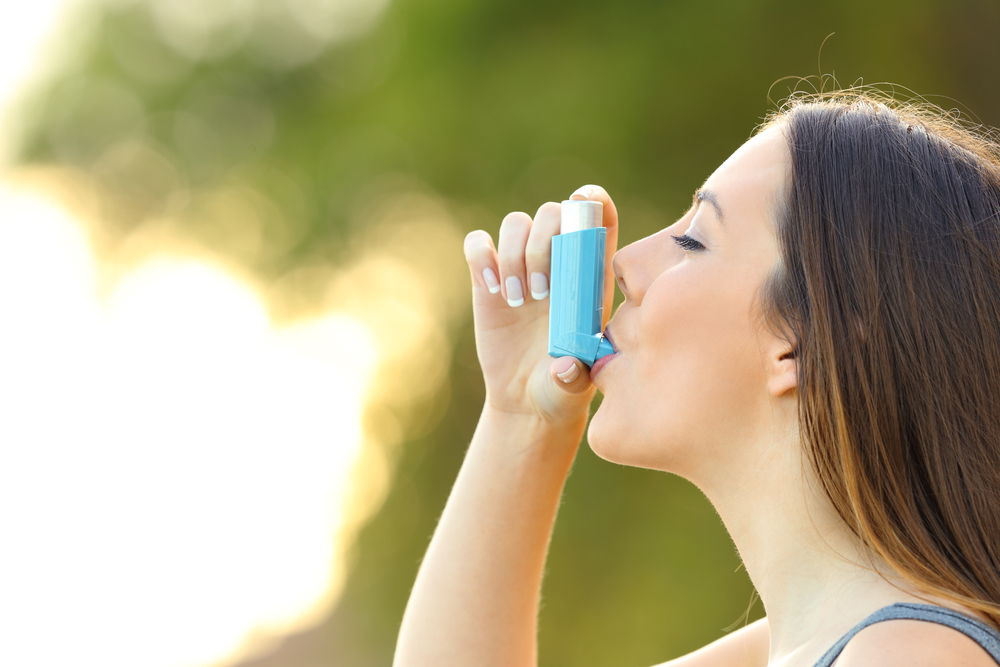Comprehensive Guide to Oxygen Therapy Options for Lung Health and COPD Management
This comprehensive guide explores various oxygen therapy options vital for managing lung health and COPD. It covers traditional compressed gas cylinders, liquid oxygen systems, and modern concentrators, detailing their benefits, drawbacks, and suitability for different lifestyles. Clear insights help patients and healthcare providers make informed choices, ensuring effective respiratory care to improve quality of life.

Understanding Oxygen Therapy: Essential Insights for Respiratory Care
Comprehensive overview of oxygen therapy and its significance
Chronic Obstructive Pulmonary Disease (COPD) is a chronic, progressive lung disorder that severely impacts airflow and breathing ability. This disease encompasses conditions such as emphysema and chronic bronchitis, often occurring together, primarily caused by long-term smoking. The damage inflicted on lung alveoli hampers oxygen exchange, leading to symptoms like persistent shortness of breath, wheezing, and fatigue. Although current treatments cannot cure COPD entirely, combining medication with oxygen therapy can greatly improve quality of life, reduce complications, and enhance overall respiratory function.
Oxygen therapy plays a crucial role in managing COPD and other respiratory conditions. It helps deliver supplemental oxygen to patients with low blood oxygen levels, ensuring their tissues receive adequate oxygenation. There are several methods of oxygen delivery, each tailored to different patient needs, lifestyles, and clinical situations. Here, we explore the primary types of oxygen therapy devices, their features, benefits, and considerations to help patients and healthcare providers make informed decisions.
Compressed Gas Cylinders Traditional oxygen delivery often involves the use of pressurized metal tanks filled with high-purity oxygen. These cylinders are equipped with regulators to control oxygen flow and are familiar to many as a reliable source of supplemental oxygen. They are especially useful for portable oxygen needs, such as travel or outdoor activities, and are widely available. Proper handling and storage are essential to prevent safety hazards.
Advantages: These cylinders are generally inexpensive, straightforward to operate, and have a long shelf life. Their portability allows patients to maintain mobility and independence while managing their condition outside the home. They are easily refilled or exchanged at medical supply outlets, making them accessible and versatile.
Disadvantages: The tanks are heavy and bulky, which can limit ease of transport. Because they operate under high pressure, there are risks associated with leaks, ruptures, or explosions if not handled properly. Also, storage space at home must be adequate to keep these tanks safely.
Liquid Oxygen Systems Liquid oxygen (LOX) is another popular method, particularly for patients requiring higher flow rates or longer duration oxygen therapy. This method involves cooling oxygen to extremely low temperatures (-200°C to -220°C), transforming it into a liquid form that occupies considerably less volume than gaseous oxygen. Liquid oxygen is stored in specialized insulated tanks and is suitable for mobility due to its compactness.
Advantages: Smaller and more portable than gas cylinders, liquid oxygen tanks are ideal for patients who need continuous oxygen administration while on the move. They facilitate longer usage periods without refilling, enhancing convenience for active lifestyles.
Disadvantages: The technology involved in liquefying oxygen is complex and costly, leading to higher initial expenses. Liquid oxygen is prone to evaporation, meaning refills are needed frequently, and the tanks must be handled with utmost care to prevent spills or accidents. The short lifespan of stored liquid oxygen necessitates strict management and timely refills.
Oxygen Concentrators Unlike tanks that store oxygen, concentrators draw ambient air and filter out nitrogen to produce a continuous supply of oxygen-enriched air. These devices are powered by electricity and are increasingly common for home use, especially for patients who require longer-term oxygen therapy. They come equipped with flow control settings, allowing personalized adjustments based on medical prescriptions.
Advantages: Oxygen concentrators are cost-effective over time because they eliminate the need for refilling tanks. They are compact, lightweight, and convenient, making them suitable for everyday use. They also promote independence by providing a reliable supply of oxygen without the logistical hassle of managing tanks.
Disadvantages: Their reliance on electricity makes them vulnerable during power outages, potentially interrupting oxygen therapy. Some models may produce operational noise and heat, which can be bothersome. Routine maintenance and filter cleaning are necessary to ensure optimal functioning.
Choosing the appropriate oxygen therapy method depends on various factors, including the severity of hypoxemia, lifestyle preferences, mobility needs, and access to resources. Consulting a healthcare professional is critical in assessing individual requirements and selecting the most suitable device to maximize benefits and safety.
In summary, understanding the different oxygen therapy options empowers patients and caregivers to make informed decisions in managing lung health effectively. From traditional gas cylinders to advanced concentrators, each method offers unique advantages aligned with specific needs. Proper usage, regular monitoring, and expert guidance are essential for optimal outcomes, improved quality of life, and better disease management.





